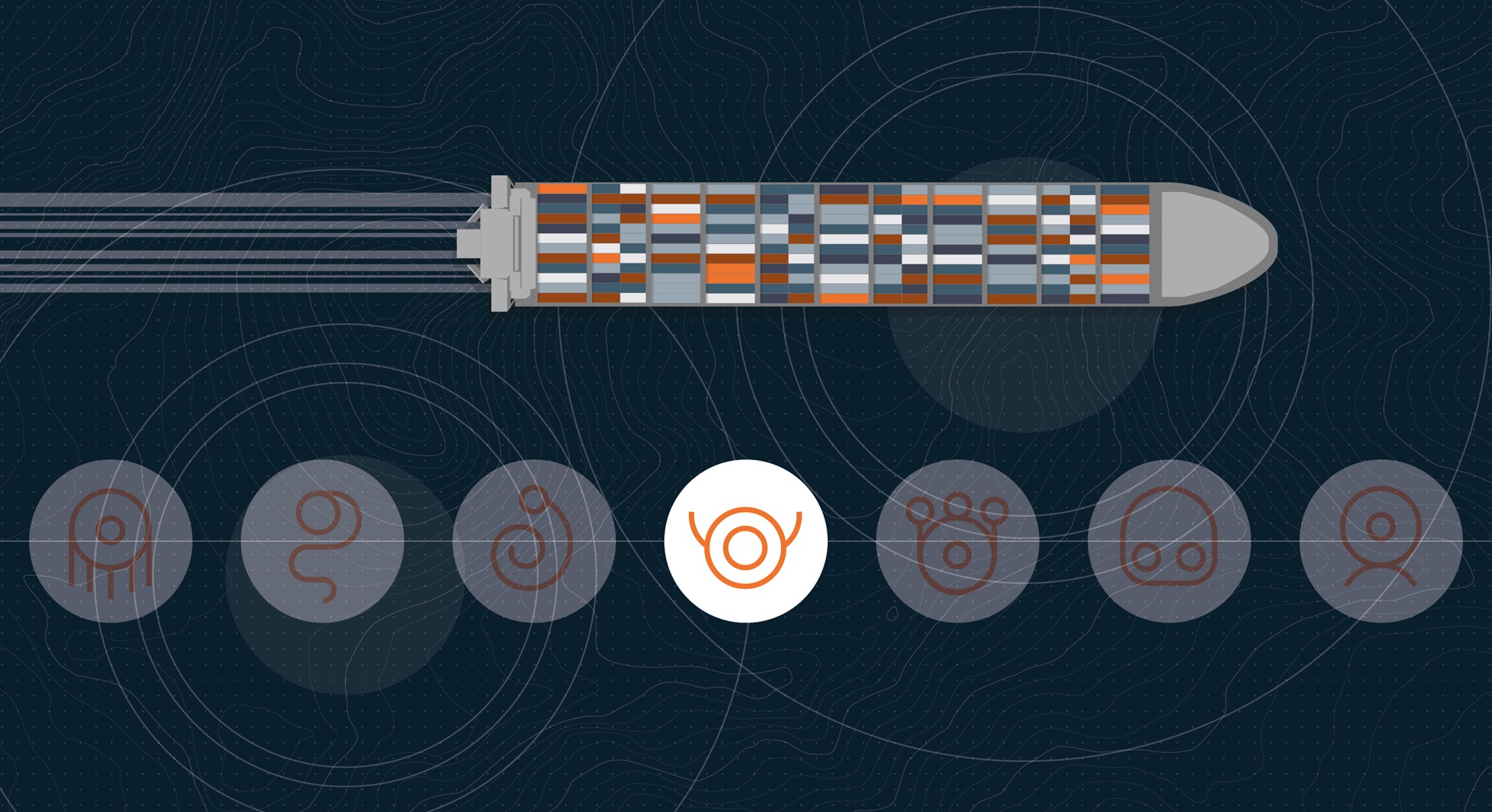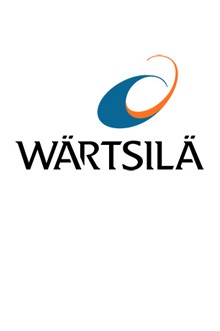

Maritime organisations face challenges that demand the ability to grapple with growing volumes of data. While these information stores present a great opportunity, they can also be overwhelming for professionals as they become more difficult to analyse.
Day in, day out, important choices need to be made need around regulatory compliance, mounting fuel costs, and people management – and this is not an exhaustive list. Short voyages alone can generate billions of data points.
Being able to access and know what to do with this information provides countless opportunities to optimise the decision-making process and deliver on improved efficiencies, increased safety and compliance, and greater sustainability for all.
But as data from our recent report Debunking the mythical beasts of maritime digital transformation shows, while many organisations are well-versed in handling data, barriers to knowledge and resources mean they risk missing out on the potential advantages it brings.
How do maritime professionals view the current data landscape?
- 68% of maritime professionals consider their employer to be data literate
- 65% consider themselves to be data literate
- 35% do not consider themselves to be data literate
- 64% consider the wider industry to be data literate
- 36% do not consider the wider industry to be data literate
- 64% say their current employer has a clear data strategy, understanding and visibility of the data that’s available
- 63% say their current employer makes good use of the data available to inform their decision making
- 63% say that the amount of data generated on board ships is overwhelming and complex to manage
- 56% agree that that their employer has given them the right skills and confidence to use data effectively
- 44% do not agree that their employer has given them the right skills and confidence to use data effectively
Our research reveals that the capacity to manage and analyse data is a valued skillset in the industry. Yet while around two thirds believe themselves to be able to work with data, that still leaves one third presumably struggling to know what to do with it.
Blockers remain when it comes to the ability to leverage data effectively. It’s not enough to be data literate. Organisations and their employees need to be data fluent. In other words, they need the language and tools to bring data to life.
Why realising the potential of data matters for maritime
The complexities of compliance reporting are a necessary ‘license to trade’ for ship operators. But the science of compliance can unlock value far beyond meeting required conditions.
Consider the fact that both CII and EEXI regulations require acceptable performance ratings for carbon intensity. Data will be one of the key resources to ensure decisions are being made in line with compliance goals. As performance data is collected, professionals will be able to assess vessel functionality in real time which will empower them to gather insights related to fuel performance, emissions, operations and more.
The richer the data they have, the more they can make iterative, valuable progress towards their goals – not only regulatory ones but commercial and social, too.
How tech providers can help
To truly tap into the potential of data, maritime professionals need support from tech providers who can consult with them to offer the right solutions, alongside an effective implementation and education programme designed for success.
There are many platforms available to deliver more sophisticated data infrastructures – complimented by machine learning (ML) and analytics – that can effectively integrate information from ship to shore.
Using Wärtsilä FOS, mariners can interpret a sea of data, allowing them to turn navigational and operational data into actionable insights for voyage optimisation, vessel performance, fuel and emissions tracking, and simplified regulatory compliance.
Our platform makes it possible to track fleet performance, providing a central location for all stakeholders to assess vessels regardless of their location. Wärtsilä FOS also combines cloud-based analytics with automation capabilities to optimise everyday processes both onboard and onshore.
Organisations should look to those providers who can offer the advanced technology alongside customer success programmes that will guarantee a return on investment. Ultimately, those using the technology need access to training as well as ongoing tech support to facilitate data fluency.
Greater collaboration between both tech providers and their roster of competing customers is also key. When various organisations can share data to upgrade the common decision-making processes, this can lead to a myriad of benefits for everyone involved.
Charting a data-driven course
Human insights combined with AI-powered analytics are set to chart the best course for better performance across the sector. We’ve got the data. Now it’s about making it deliver.
Download our report to learn more about attitudes to digital transformation in the maritime industry across EMEA, the US and APAC.
